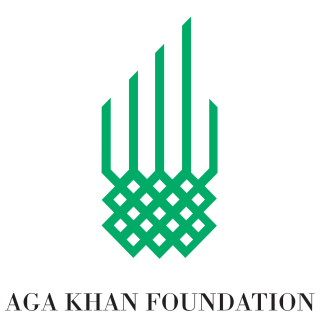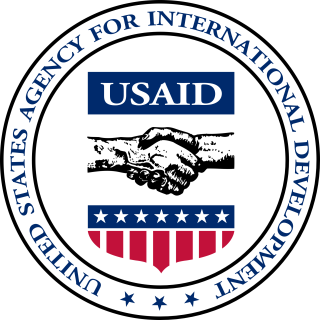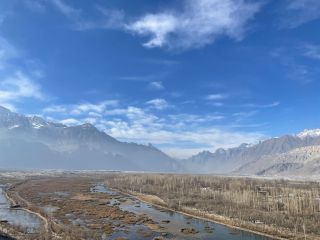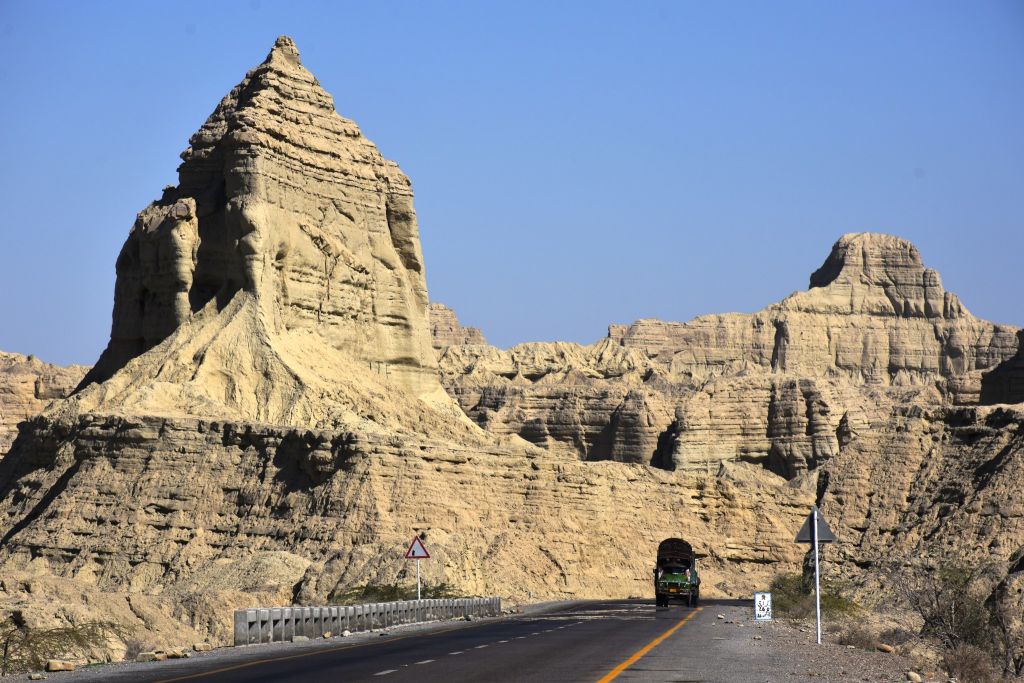
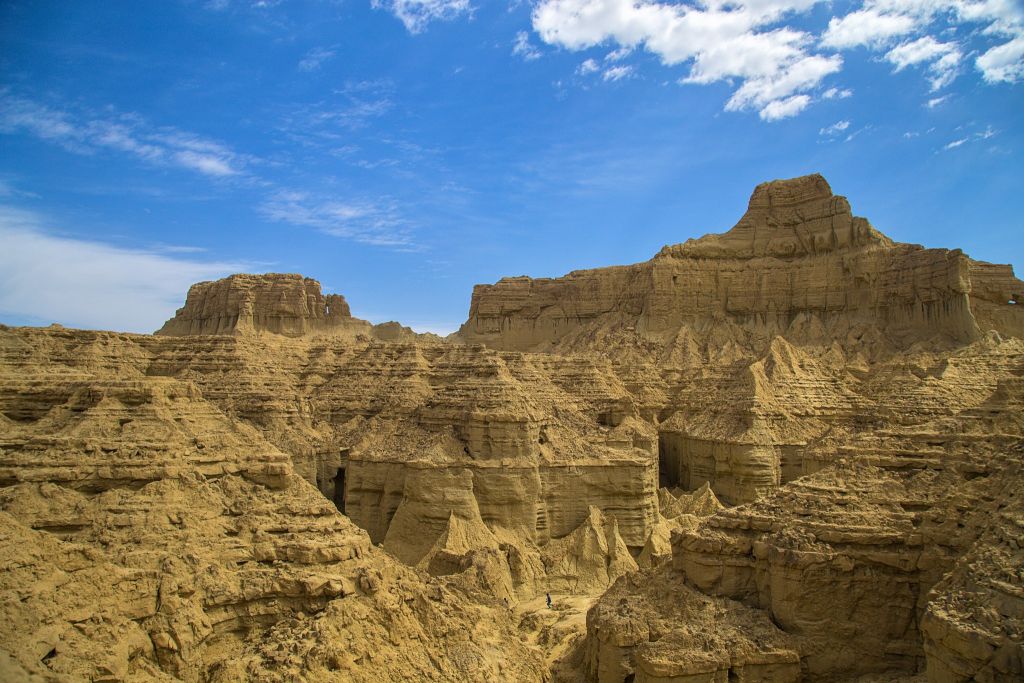
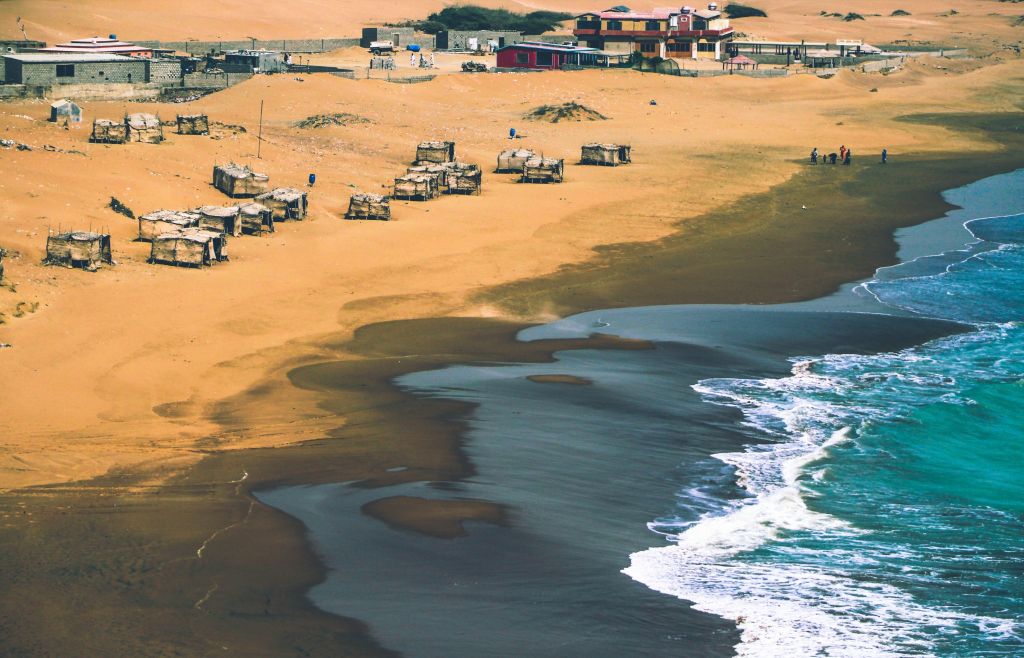
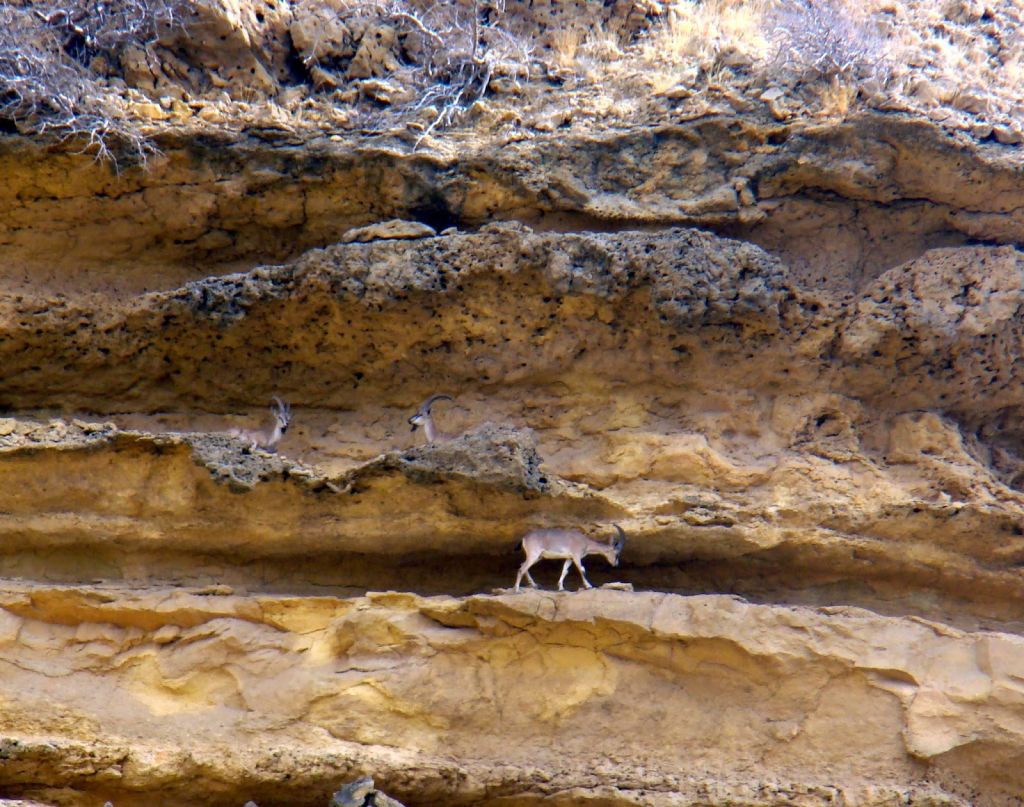
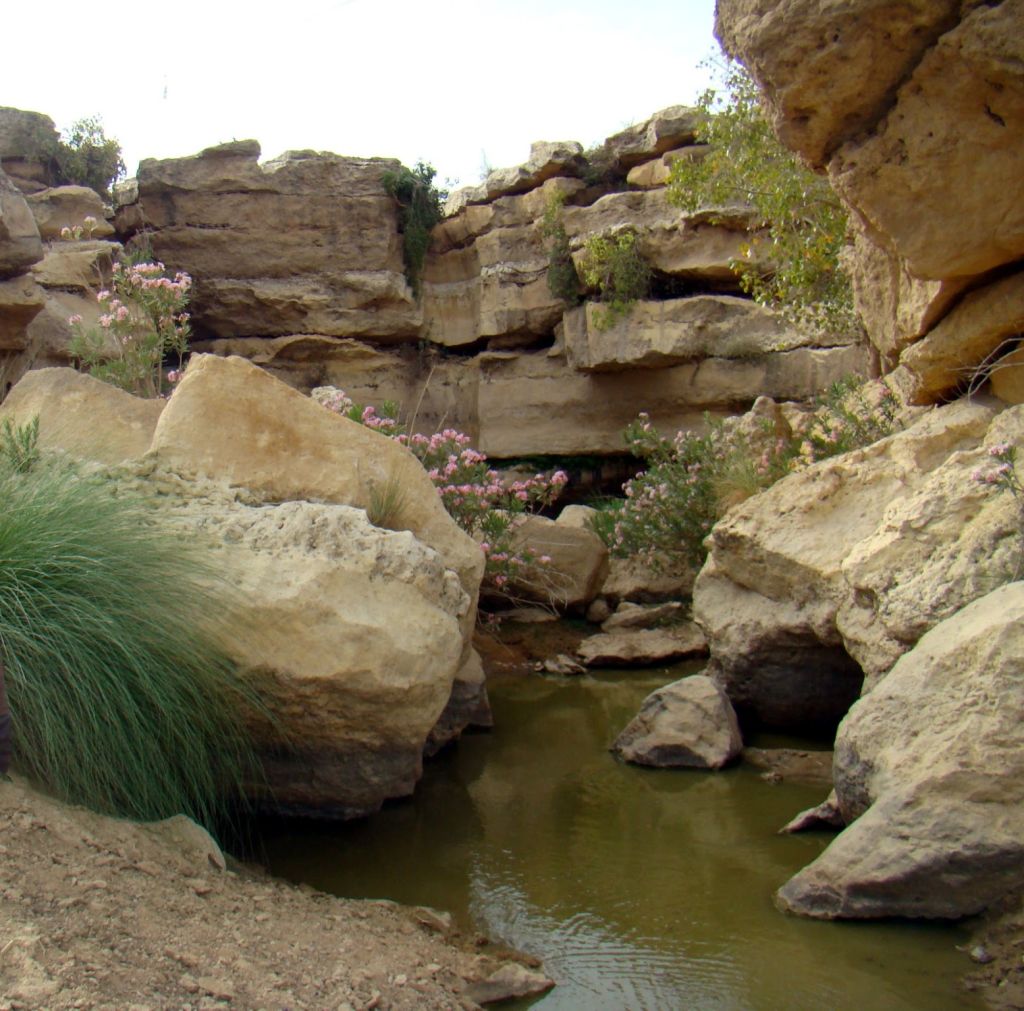
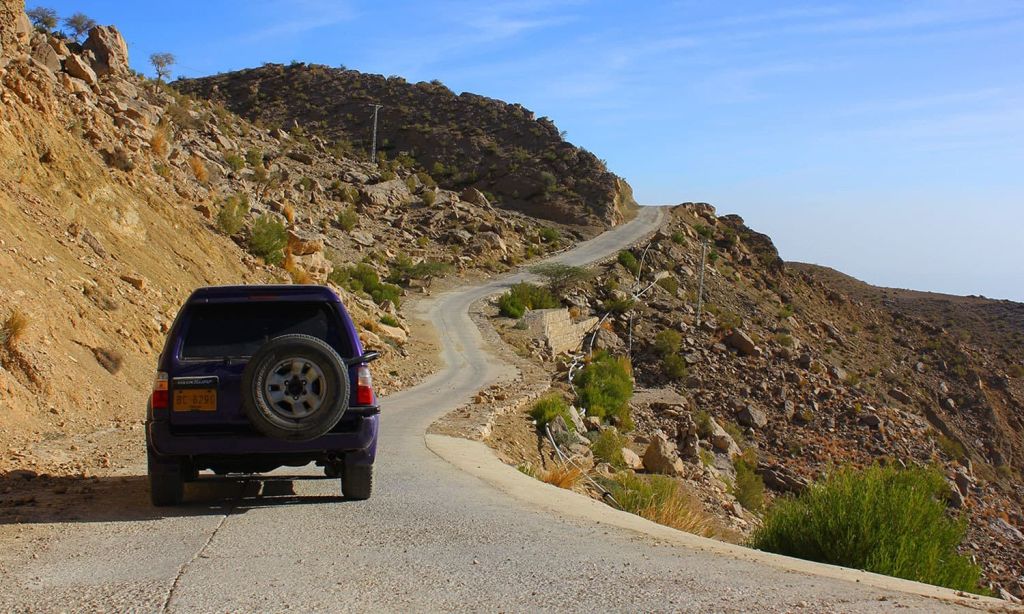
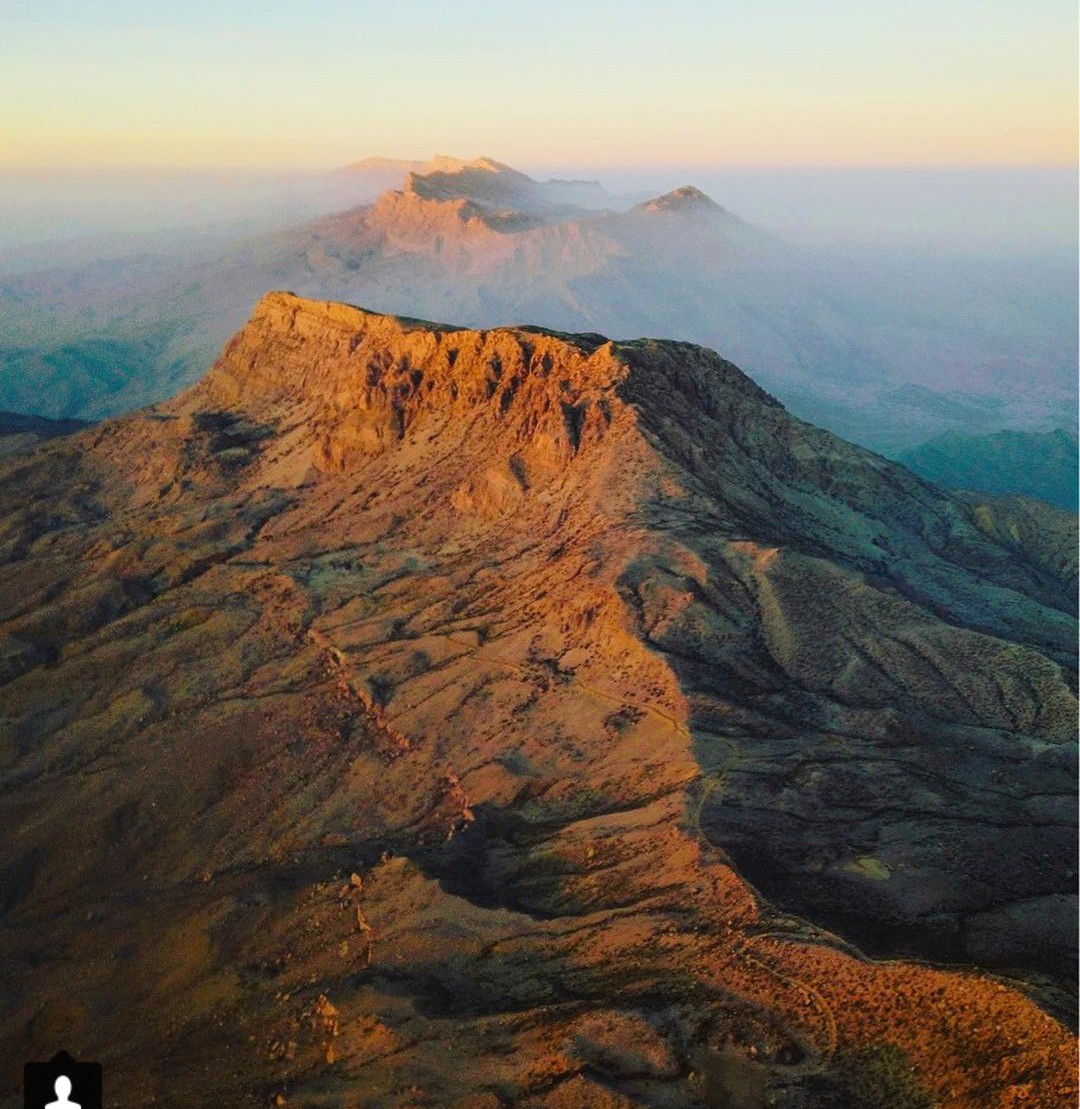
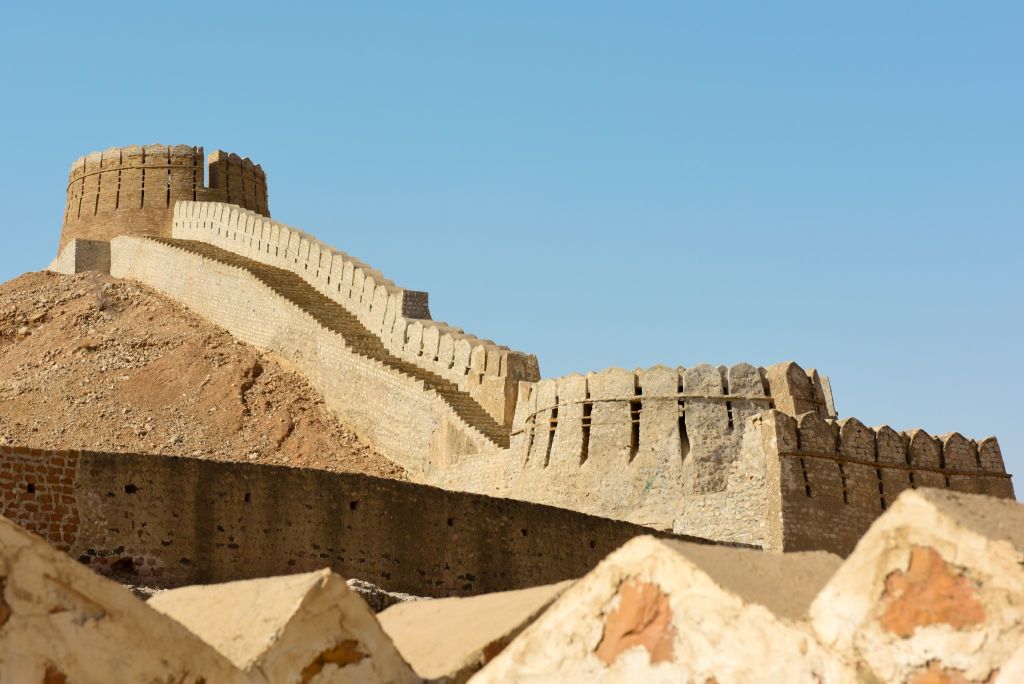
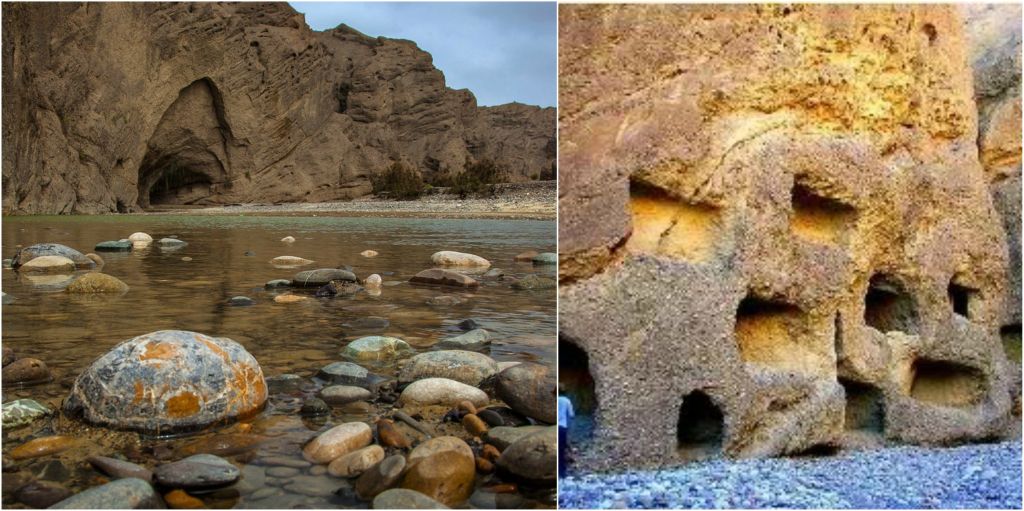
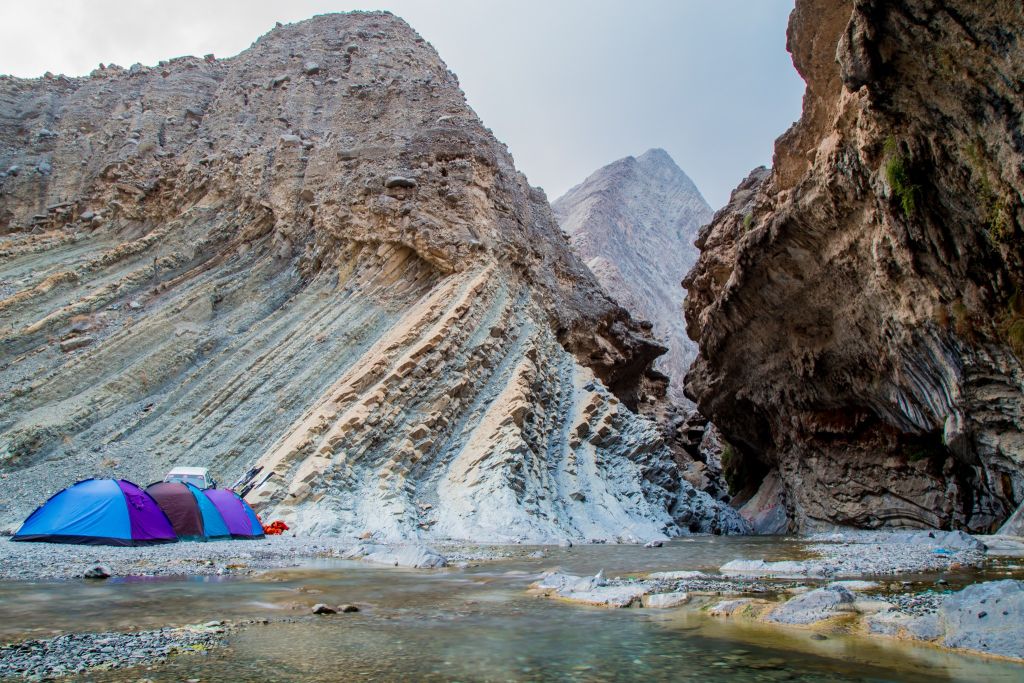
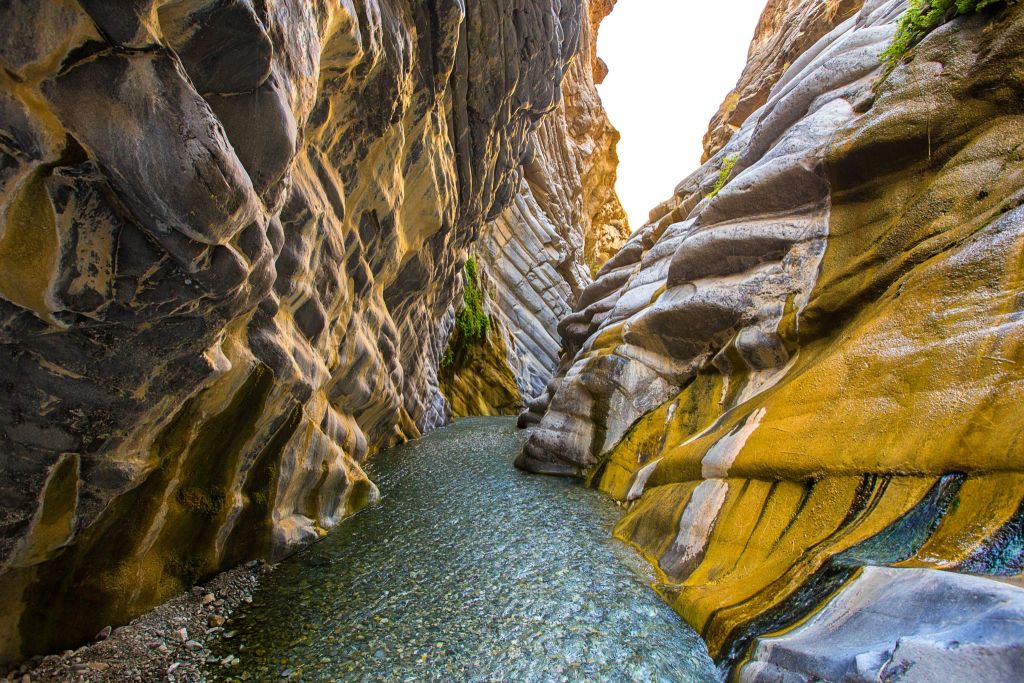
*** Trips to Balochistan and most of Sindh are best done between November and March. From April to September it is too hot, especially in the desert areas.
*** Know that itineraries can always change, we try to do our best to see as much as possible.
*** For this trip you need an NOC (special permit from the government, at least 150 USD pp), which can take up to two months. So you need to book this trip two months before.
This tour is especially designed for those who enjoy rough, wild landscapes, deep sandy valleys and dramatic mountains and rock formations. This tour is focused on deep wild adventure, away from the beaten path and giving you a peak into some of the wildest and most beautiful places in the south of Pakistan. We’ll be mostly camping throughout our stay and will often drive and hike on bumpy dirt roads bringing you deep into the wild heart of Balochistan.
We will begin our tour in Kirthar National Park, home to the Ranikot fort, a vast national park north of Karachi and is over 3.000 km² big. It consists of dry arid desert landscapes with rocky hills, dry valleys and is home to a large number of animals with the Sindh Ibex one of the most symbolic animals in the park. The park is known for its unique, jaw-dropping landscapes and natural beauty.
Before Pakistan’s independence it was a hunting park, but it was declared a game reserve in 1970 and four years later it became a national park, although this didn’t stop the last leopard being shot in 1977, sadly. The park was once home to striped hyenas and desert wolves, but it is feared they are no longer around. We can still find desert lynx, foxes, jungle cats, jackals, urials, sindh ibex, chikara gazelles, mongooses and others in the park.
It is advised to avoid the period between March and August as temperatures become extreme, although July and August are the greenest because of the rains, treating us with views of blooming flowers and green lush vegetation. October to January is the most comfortable temperature-wise.
On our first day we’ll go to Hub Dam and check out the surrounding area, we’ll eventually go to visit Karchat, located deep in the park. On our second day we’ll also go to see the Ranikot Fort, which is located inside the park. The Ranikot fort is built on the hills in the north-east of the park and is one of the largest forts in the world and with its 10 meter walls made from lime-cut sandstone it’s 26 km in circumference. We will sleep in a guesthouse near the Fort
Driving on the hilly network of the dirt roads in Kirthar National Park is a true adventure and you need to be prepared for a bumpy road. We’ll make sure to have enough stops to do some short hikes.
We’ll then gradually continue to Gorakh Hill Station on our third day which is a point up in the mountains. The road is covered with foggy mountains, zigzagging roads and grassfield in which shepherds let their animals graze. Gorakh Hill is known as the ‘Murree” of Sindh, the region is an excellent destination for birders and photographers. We’ll have a hike in the raw, peaceful wilderness and after a beautiful sunset it’s time for a bonfire and to prepare a well deserved meal and sleep at Gorakh Hill.
On our fourth day we’re going to Larkana where we can visit some local shrines and also Mohenjo-Daro, an ancient city built around 2600 BCE and once the largest civilization in the Indus Valley. The entire site is built by unbaked brick and shows sophisticated city planning with areas for commercial shops, residences, wells, public houses and systems of sanitation and drain management. It is the most ancient and best-preserved urban archeological site in the Indian subcontinent and a great experience. We will stay in Larkana or a nearby town.
On the fifth day we’re going to have a long but interesting journey all the way to Moola Chotok. Moola Chotok is a hidden ravine surrounded by tall cliffs and home to the Chotok waterfall. The Moola Valley is home to mountain ranges, salt mines, lakes and waterfalls. Moola Chotok is heaven for those seeking adventures and want to experience unique adventures far away from the typical backpack travels between cities. Sometimes Chotok doesn’t have enough water flow, in this case we’ll go to another neary waterfall.
On the sixth day we’ll drive to Khuzar, where you can enjoy a free afternoon and evening and where we’ll take it easy. A good opportunity to connect with the locals.
The day after we’ll visit the Gondrani Caves, which are believed to once have been a Buddhist monastery from the eighth century. The caves are carved into the rocks and are connected by pathways. We can find several rooms and spaces to put lamps. There are around 500 caves left and nothing is being done to preserve this archeological site.
Exploring the area is satisfying as the caves are located in an interesting landscape. We’ll meanwhile set up camp and will start to cook dinner. Tonight we’ll drive to the beach of Hingol National Park and have a campfire.
On our eight and last day we’ll discover Hingol National Park, with its alien looking landscapes full of unique rock formations, vast canyons, dramatic views and even a mud volcano, making you feel like you’re stranded on another planet.
It is the largest national park in Pakistan and covers over 6.100 sq km and is located 190 km from Karachi, making it an ideal trip for those staying in Karachi. The park is named after the Hingul river which flows into the Arabian Sea and is home to large numbers of marine life. As it has six different ecosystems with desert, plains, forest, mountains and home to a large number of birds, reptiles and elusive mammals such as leopards, wolves and ibex, it’s one of the most unique national parks in Pakistan and maybe even its neighbouring countries. Because of the highway which runs through the park it is easily accessible, drawing many visitors who come to stare in awe at the rock formations.
We’ll see many points of interest, such as Princess of Hope, an incredible rock formation on a mountain range. The entire landscape of the park is dotted with these strange and incredible twists of nature. Sometimes you won’t help thinking the site reminds you of the Grand Canyon. Other stops include the Lion of Balochistan, which looks like a sphinx, the Hinglaj Temple, a hindu temple in a cave. We’ll also visit the mud volcano and the oases.
We’ll slowly continue our way back to Karachi after breakfast and we should be arriving somewhere around noon.
Please, bring enough clothes, plenty of water, sunscreen, sunglasses, a hat, mosquito repellent, towels, swimming clothes and anything else you think you might need.
Itinerary:
Day 1: From Karachi to Kirthar NP: Hub Dam, Karchat
Day 2: Ranikot Fort: sleep around here
Day 3: Drive to Gorakh Hill
Day 4: Drive to Larkana and have a rest and visit local shrines en Mohen-Djaro
Day 5: Go to Moola Chotok with Chotok waterfall or Eir Idrahim Waterfall as an alternative in case there is not enough water in the other one.
Day 6: Moola Chotok to Khuzdar
Day 7: Gondrani Caves, Hingol National Park, sleep at the chalet in Kund Malir
Day 8: Back to Karachi
Included:
– Professional English speaking guide
– All entrance fees
– Private vehicle (not a tour group!)
– Camping
– All meals
*** Trips to Balochistan and most of Sindh are best done between November and March. From April to September it is too hot, especially in the desert areas.
Price:
1 person: 2.495 usd
2 persons: 1.449 usd per person
3 persons: 1.090 usd per person
4 persons: 899 usd per person
** Single supplement: 100 usd

